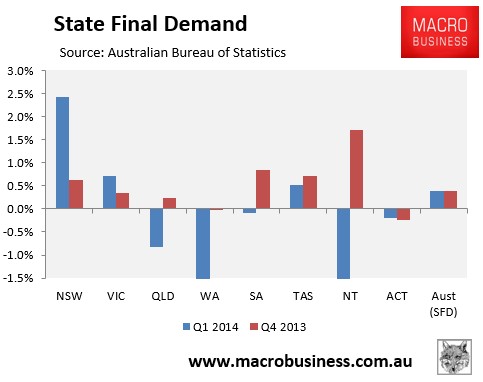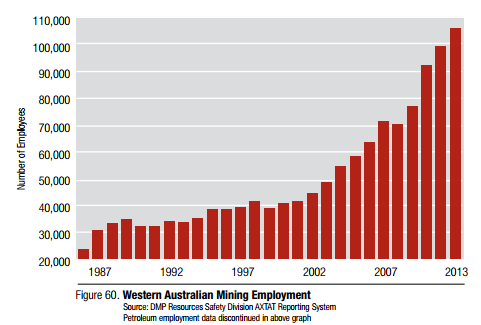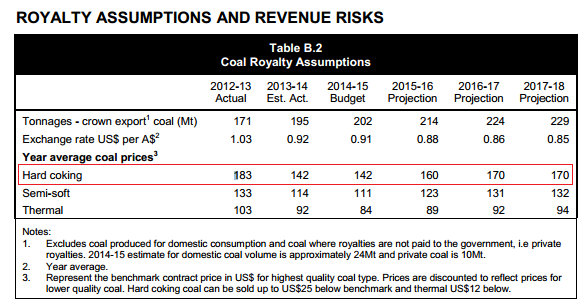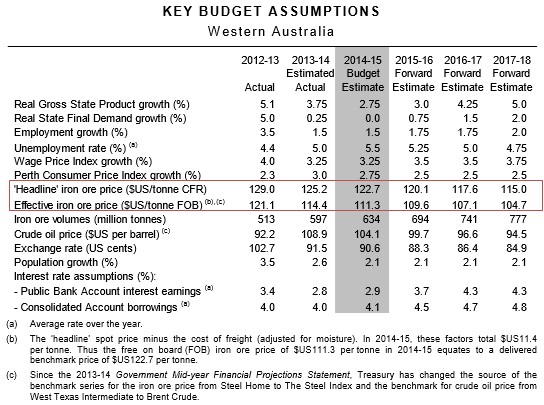Yesterday’s GDP figures gave us a taste of what is to come for WA and QLD. National growth was driven hugely by exports, mostly from these two states but in terms of state final demand, a measure of activity minus exports, they both shrank dramatically:

This matters because state final demand is a much closer representation of real economic activity on the ground. As we’ve explained many times, during the next phase of the mining boom net exports will improve headline growth for the nation but falling investment as major projects are completed will weigh on real activity, especially jobs.
Both states are charging backwards at the moment on the combined coal and iron ore busts, which are going to get much worse before they get better. Still to come are the massive LNG project completions, three each of which are in WA and QLD. NAB estimates that the associated capex cliff will take out 100k jobs over the next two years and most of these are going to be in QLD and WA.
It’s not hard to imagine how. WA for instance has added 30k jobs in mining alone in the past few years:

And the chart does not include LNG, which would nearly double it. In QLD, coal mining jobs have also been growing in recent years on big supply expansions and the combined LNG projects in Gladstone employ 10k people directly and more like triple that many indirectly, 90% of which will disappear.
Both states are going to see all three sectors unwind employment over the next two years as construction winds down and the commodity price busts worsen.
So, are authorities preparing accordingly? Sort of. They are co-operating with the Feds on asset sales and infrastructure recycling but that demand boost is a 2016/17 story. But both are as well running budgets based upon delusional employment and commodity price projections that will undermine fiscal balance projections in the near future. On royalties, both states have laughable price projections:


Iron ore is currently trading at $92 and coking coal at $115. Both are over-supplied and under demand pressure and will stay that way for several more years (coke will turn before iron ore). As well, while all of this is transpiring, both budgets are magically forecasting falling unemployment.
Moreover, both of these states are big losers when it comes to the Commonwealth grants system that distributes GST revenues. The grants are calculated on a lagging formula of average expenses every five years. The next review is 2015 but even so is unlikely to keep pace wiht budget pressures.
Authorities in both states have recently said that if their budget assumptions miss they will respond by cutting spending, putting more pressure on the labour market and creating feedback loops into falling government revenue and rising costs on automatic stabilisers.
It’s not all bad news. Both states will see considerable relief when the Australian dollar falls as tourism and royalties rise. QLD may also see less downside in its property market given the much larger correction its already had in the past few years, though the many lost mining and LNG jobs are going to test it again. On the other hand, WA property is still wildly over-valued and will likely correct, also hitting stamp duty revenues.
Both states are headed for ground zero in the great Australian adjustment and their respective governments do not seem to have a clue about it.

